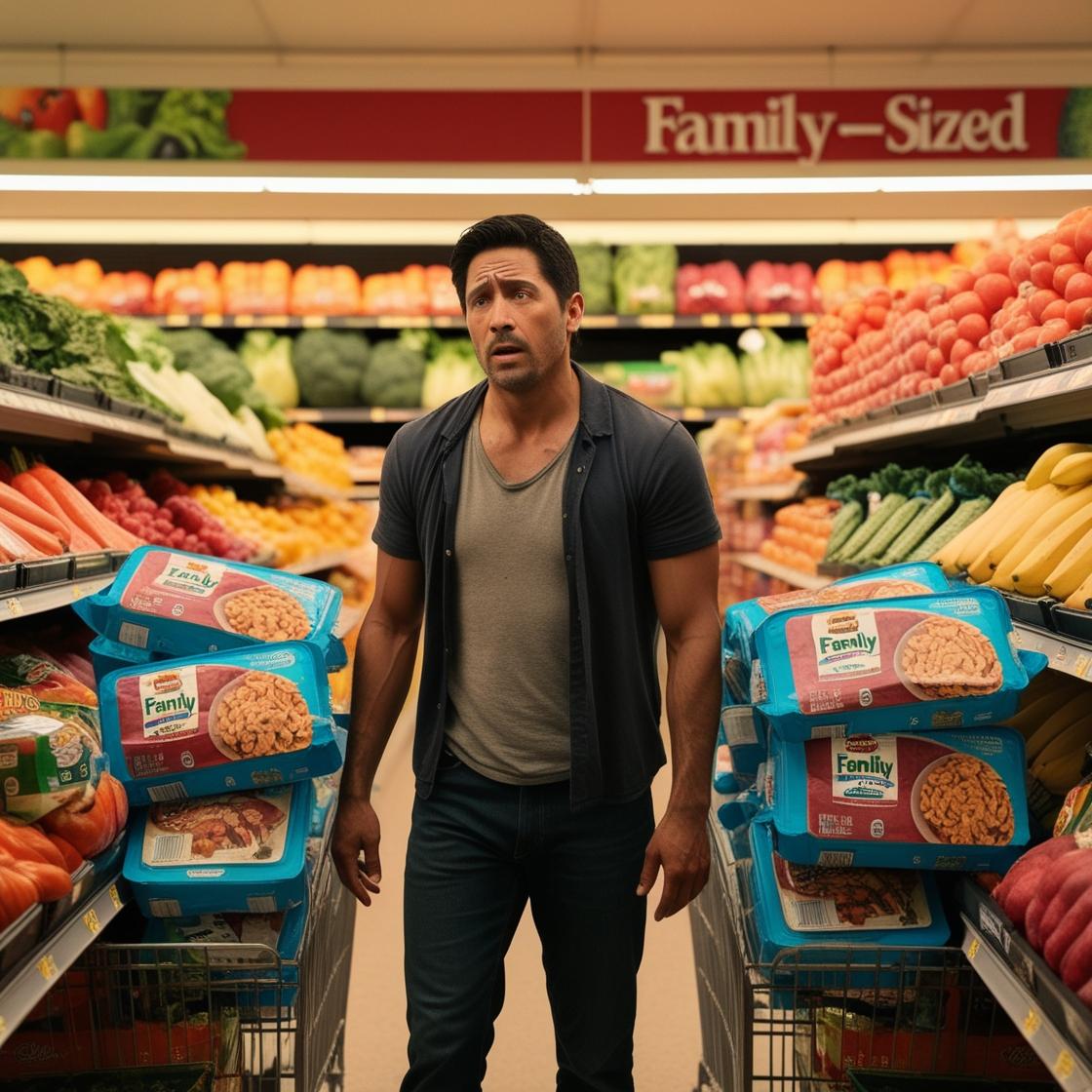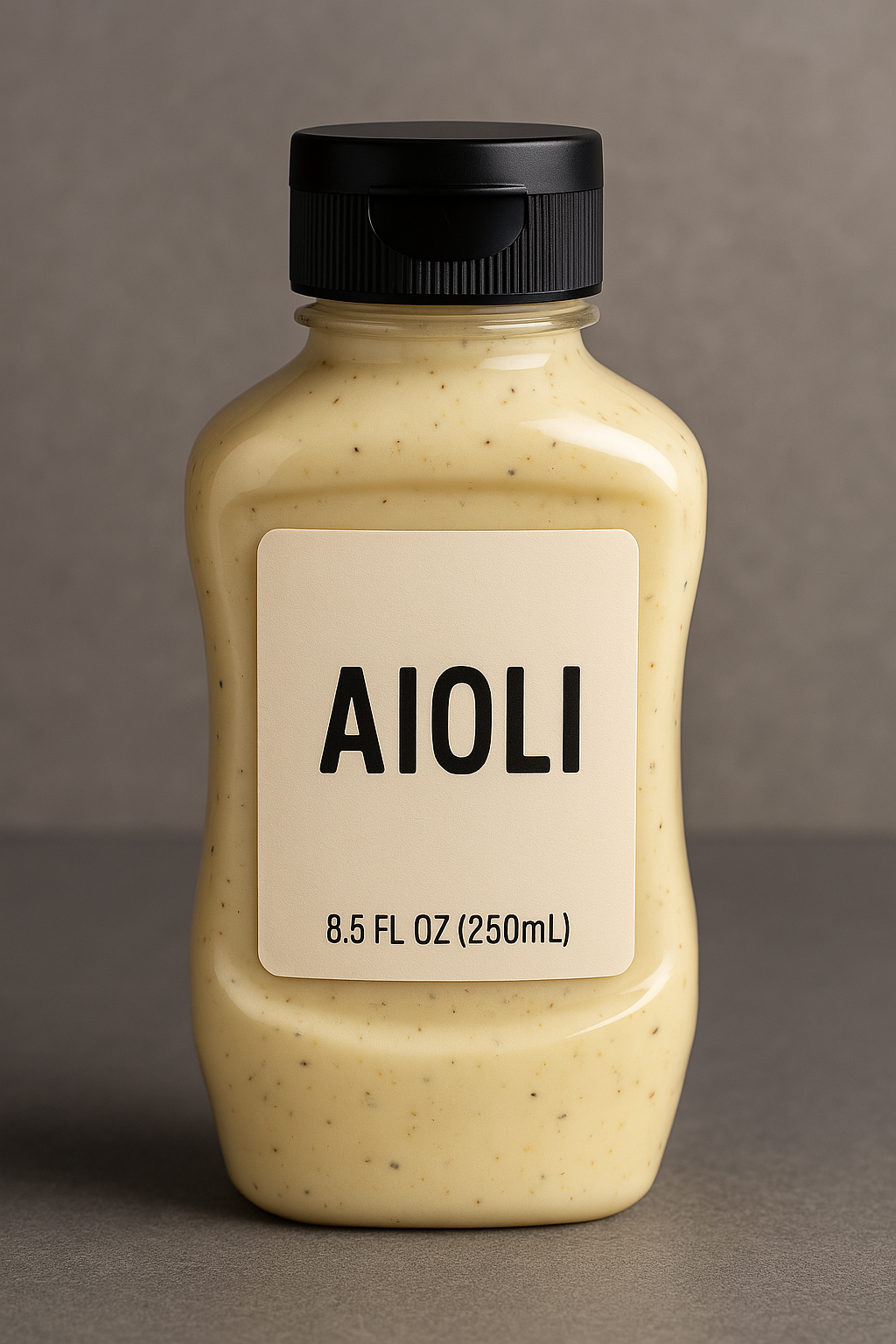Living alone has its perks—no one eats your snacks, you get total control over the remote, and you never have to argue about the thermostat. But when it comes to grocery shopping, it can feel like the entire food industry is working against you. Everything’s in family-sized portions, “buy more, save more” deals punish those of us who just want one tortilla for a burrito or one pork chop, and don’t even get me started on storage space—because, let’s be honest, most single-person kitchens are more compact than a dorm mini-fridge.
So, How Do You Beat the System?
As a professional chef, baker, caterer, and personal chef, I’ve spent years navigating the challenges of food storage, portioning, and waste reduction. I’ve dug through all the advice, tested some tricks, and gathered the best solutions to help you shop, cook, and store food without turning your fridge into a science experiment.
The “Shop More Often” Myth
People love to say, “Oh, just shop European-style! Pick up fresh ingredients every day!” Yeah, okay—if I had a quaint market downstairs and the leisure time of an 18th-century aristocrat, that’d be lovely. But for those of us with jobs, commutes, or just general exhaustion, multiple grocery runs per week are not happening.
That said, if you can manage it, smaller, frequent trips do cut down on waste. But if that’s not realistic, don’t sweat it—there are other ways to shop smart.
Delivery Services: A Single Shopper’s Lifesaver
Services like Instacart, Shipt, DoorDash (yes they deliver groceries), Target Circle 360 and Walmart+ can be life changing for single-person grocery shopping. They let you buy exactly what you need without getting sucked into bulk deals or impulse purchases. Plus, you can compare prices and avoid wandering aisles filled with tempting but unnecessary items. While some services have delivery fees or membership costs, they often pay for themselves in time saved and reduced food waste. You can also often beat the fees by using pickup and having your groceries brought out to your car. Just be mindful of substitutions—because nobody wants to order a single avocado and end up with a five-pound bag of them instead.
Bulk Stores and Farmers’ Markets: Friend or Foe?
Bulk stores sound like the enemy of single-person shopping, but they can actually work in your favor—if you play it right. Some stores let you scoop just a small amount of dry goods (grains, nuts, spices) instead of committing to a year’s supply. Farmers’ markets? Great for fresh, local produce—just be wary of higher prices. If you’re on a budget, hit them near closing time when vendors slash prices to clear out stock.
Even better, look for farms that sell direct to consumers. Some allow you to pick just a handful of cherry tomatoes straight from the vine or buy a few lettuce leaves instead of an entire head. These options let you take home exactly what you need—no waste, no leftovers, just fresh, farm-to-table goodness in truly single-serving portions.
If shopping often or in small batches isn’t an option, the real trick is planning for what you buy.
Know Your Serving Sizes (or Risk Regret)
Before you start meal planning, you need to figure out how much you actually eat. Can you take down a whole chicken breast in one sitting? How many meals can you stretch out of a bag of spinach before it turns into green sludge? Will you actually eat that whole loaf of bread before it morphs into a fuzzy science experiment?
Once you figure out your personal portion sizes, you’ll waste a lot less food and money. Plus, you’ll get better at eyeballing how much to buy, prep, and store.
Cooking for One Without Losing Your Sanity
Single-serving recipes are becoming more popular on websites like this one and there are books out there as well.
If you find a recipe online for a family, do that math to bring it down to one. Pro tip: metric measurements make this way easier. (Seriously, imperial units are a nightmare for division.)
Strategies for Smarter Meals:
- Go for mix-and-match ingredients. Buy foods that can be used in multiple ways—like kale for salads, omelets, and smoothies.
- Embrace fridge-cleaner meals. Stir-fries, wraps, fried rice, and grain bowls are all great ways to use up random leftovers.
- Stock your freezer wisely. Keep individually packed proteins (like frozen chicken breasts or veggie burgers) on hand for easy meals.
- Ditch traditional meal “rules.” Who says you can’t have hummus and crackers for dinner? Or oatmeal for lunch? You’re in charge here.
The Buddy System: Split Bulk Buys
Know another single person? Team up. Grab a large pack of chicken, split it, and freeze the portions. That Costco-sized bag of greens? Divide it up before it turns into compost in your fridge. It’s like meal prep, but with teamwork.
If you don’t have a food-sharing buddy, consider freezing half your fresh purchases right away. Most fruits, veggies, and proteins freeze just fine—just do a quick Google search first (looking at you, weird-textured frozen tofu).
Leftovers: Plan, Don’t Panic
Leftovers aren’t just sad, forgotten meals—they’re strategic weapons in the fight against food waste.
- Cook once, eat twice. Make extra grains or proteins to repurpose into salads, wraps, or bowls later.
- Soup, chili, and stew = freezer gold. Make a batch, portion it out, and thank yourself later.
- Beans are sneaky MVPs. A can is too much for one meal? Use half in a salad, then freeze the rest for soup or chili.
Freezer Space: Use It Wisely
If your freezer is tiny, every inch counts. Store food in small, airtight containers or freezer bags to prevent ice crystals from taking over. And for the love of efficiency, freeze sauces and soups flat—they’ll stack like books instead of turning into weird, space-hogging ice blobs.
The Final Secret: Planning = Freedom
Yes, meal planning sounds like something only overly organized people do, but once you nail your portion sizes and get in the habit, it’s liberating. You’ll know exactly what to buy, how much to cook, and how to store it without wasting food or money.
Because at the end of the day, cooking for one shouldn’t mean throwing half your groceries in the trash—or resigning yourself to endless frozen dinners. With a little strategy, you can eat well, save cash, and never let another bag of slimy lettuce haunt your fridge again.
For more tips, grab my freebie up top Solo Cook Survival Guide.





